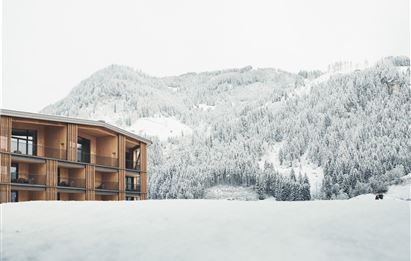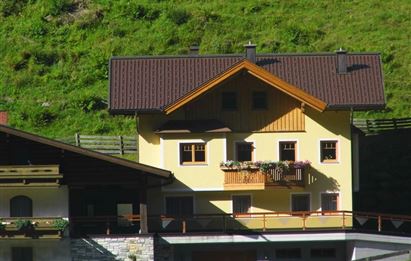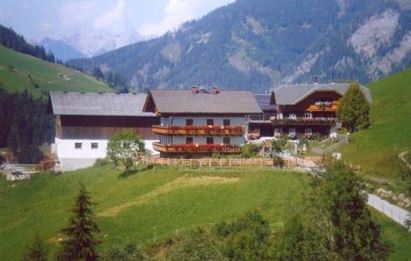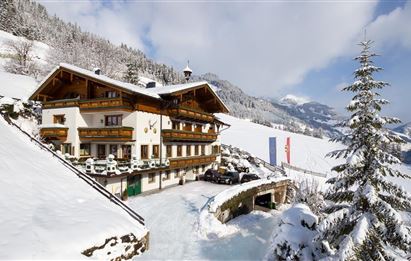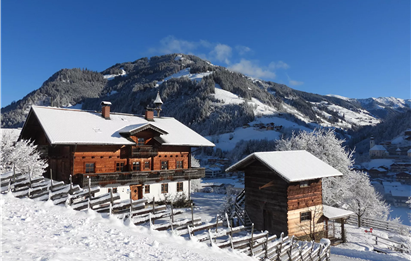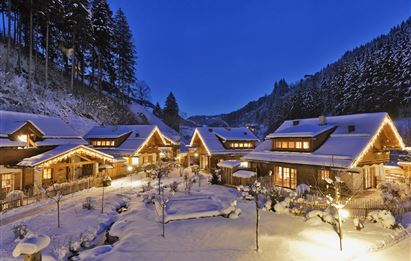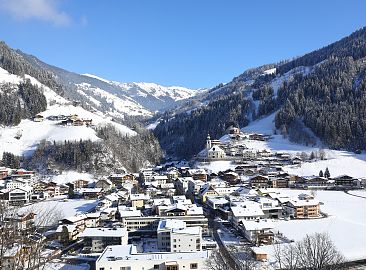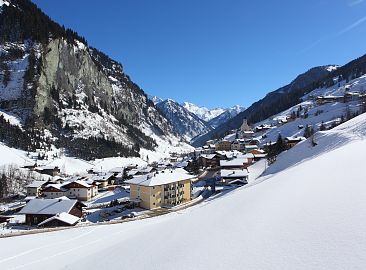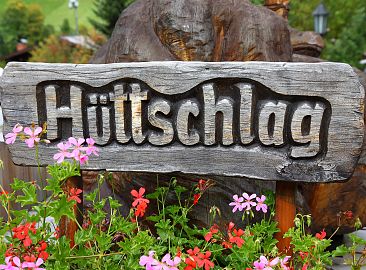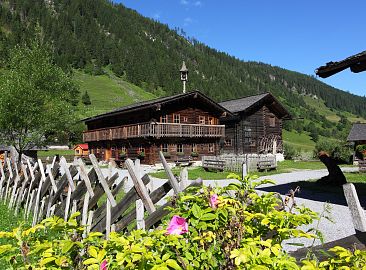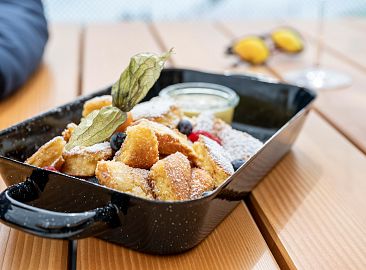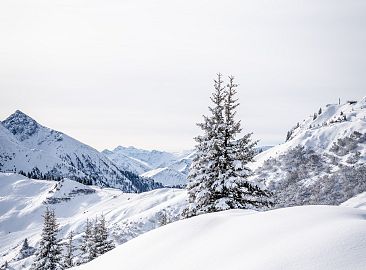Hohe Tauern National Park
the largest national park in the Alps
Founded in 1981, Hohe Tauern National Park spans 1,856 km², making it the largest national park in the Alps. Hüttschlag has been part of this protected area since 1991.
Be sure to pay a visit to the Valley Museum in Hüttschlag, which hosts the exhibit "Mountain Huts – Between Heaven and Earth," or the National Park Center in Mittersill, where the Hohe Tauern National Park is vividly presented.
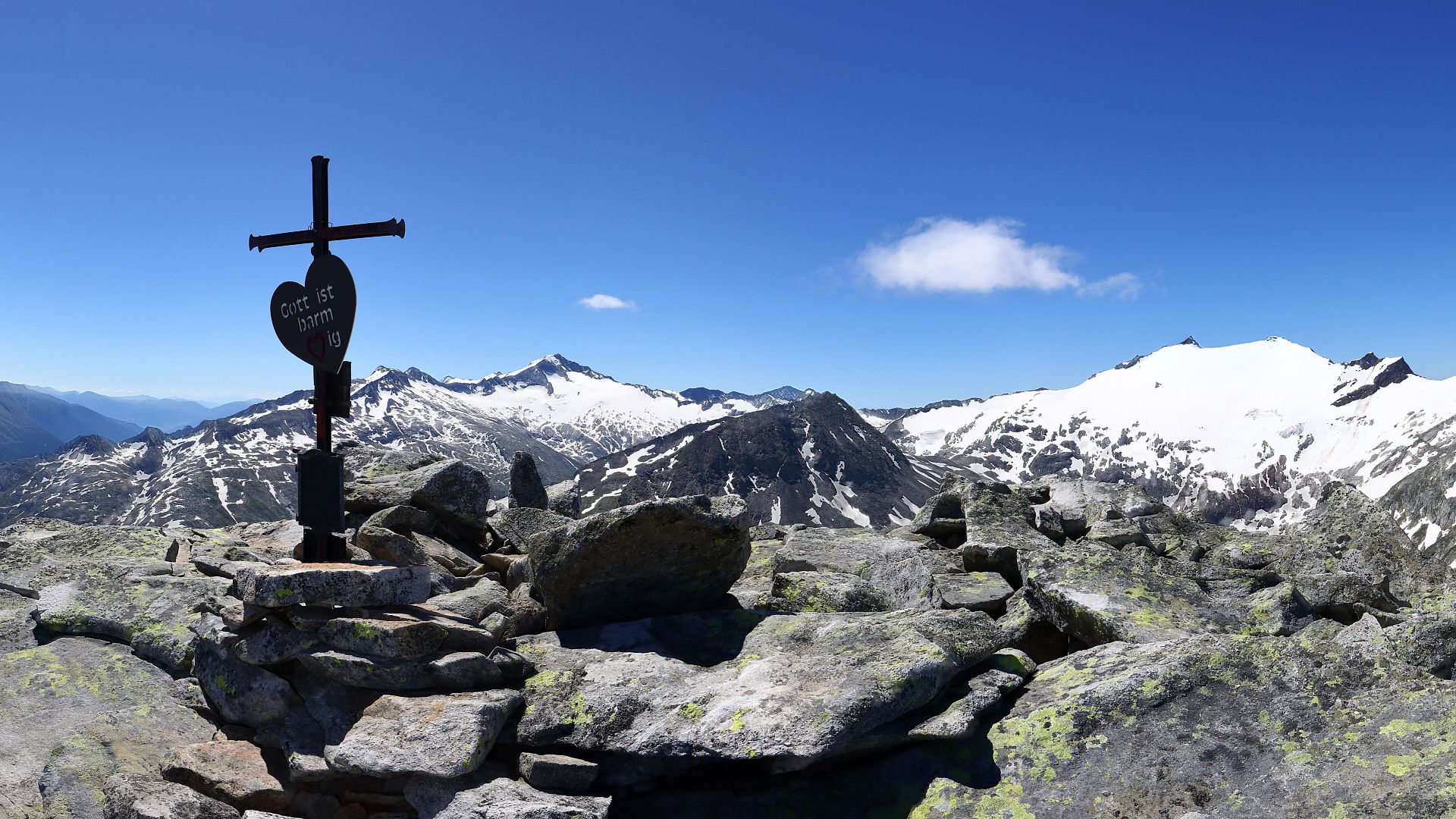
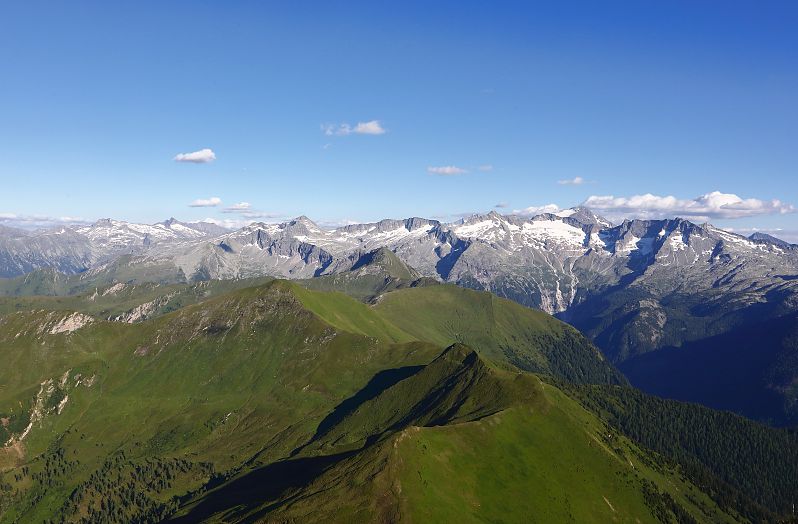
In 1913, 1,100 hectares of land were purchased in the Stubachtal and Amertal valleys, in the Hohe Tauern mountains, in order to create a protected area. This was inspired by the national parks which already existed in the USA.
Dr. August Prinzinger was the initiator, whilst Nature Reserve Association Stuttgart-Hamburg was the buyer. This initiative marked a first true foothold for the national park concept within the Hohe Tauern. However, due to wars and economic crises, it took several decades before Hohe Tauern National Park was officially established in the 1980s as Austria’s very first national park.
With an area of 1,856 km², it is the largest national park in the alps. Both the natural and cultural landscapes here still remain pristine and therefore unique.
Facts & Figures
Hohe Tauern National Park
- Hohe Tauern National Park is the largest protected area in the Alps, covering 1,856 km², and the biggest national park in Central Europe.
- The National Park spans three Austrian provinces: Salzburg, Tyrol, and Carinthia.
- Salzburg province contributes 805 km².
- The park extends 100 km east-to-west and 40 km north-to-south.
- 266 peaks over 3,000 meters in height
- 130 km² of glaciers
- 550 lakes
- 279 streams
- The core zone features pristine natural landscapes, while the outer zone also nurtures cultural as well as farming traditions.
- Home to golden eagles, bearded vultures, griffon vultures, marmots, chamois, and many other native creatures.
- Over a third of all plant species in Austria grow here.
- Over half of all amphibians, reptiles, birds, and mammals in Austria live within the park.
- More than 220 different minerals produce a treasure trove of crystals.
- From the valleys up to the highest peaks, you will traverse a full range of elevations and climate zones.
